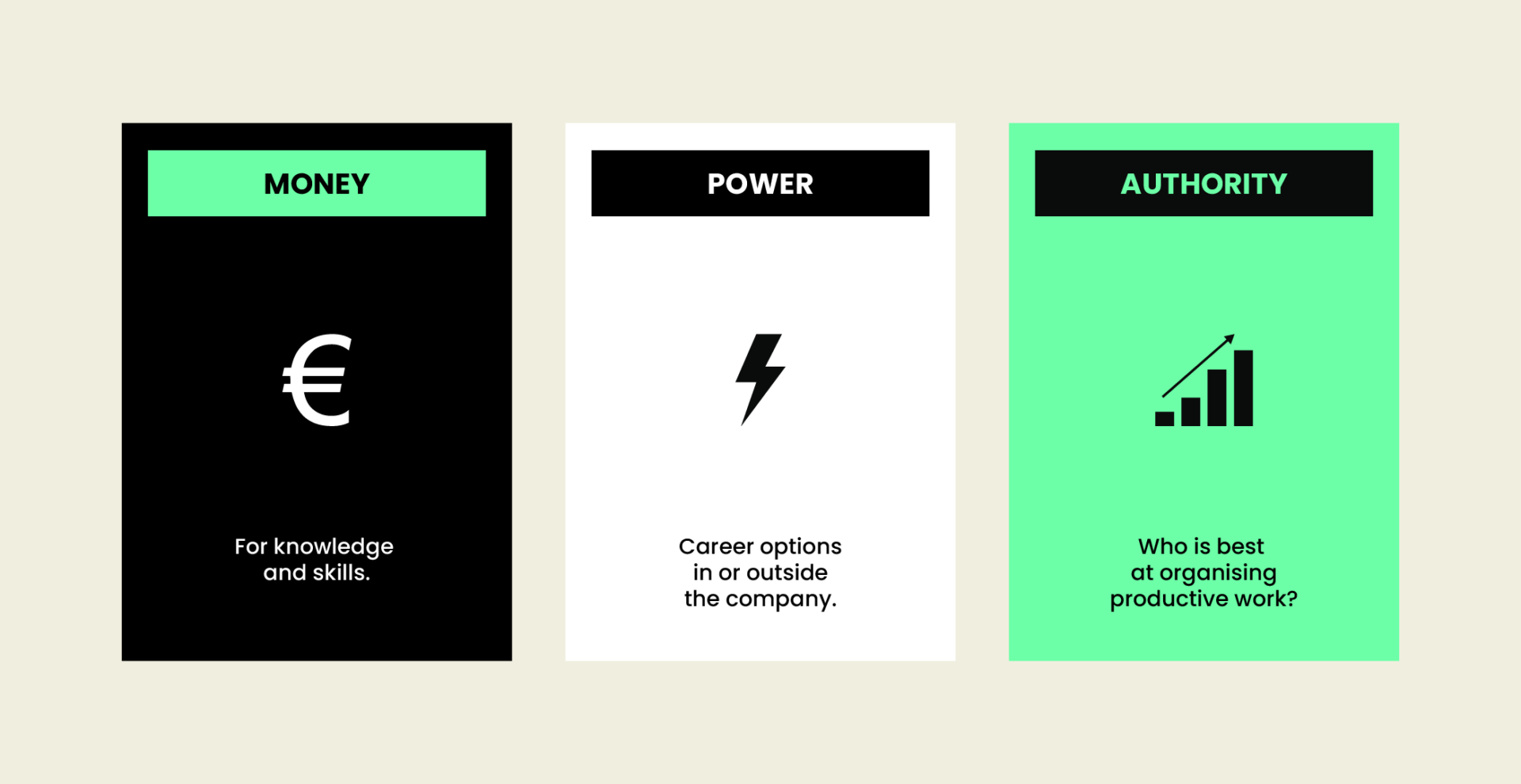A framework for understanding WFH/RTO with Jo Degraef

THE LANDSCAPE
The WFH/RTO discussion is not settling, and much of it is noise: i.e., The Great Resignation, The Great Reshuffle, or The Great Regret and Quiet Firing. Within this extensive debate, the topic of WFH/RTO reveals a division between management and staff. The need to identify key drivers to clarify the discussion and cancel the noise via a better framework, “who is best at organising productive work: the employee or employer?”
THE MAIN DRIVERS
Why do employees return to the office or prefer to work from home? The answer is complex to parse out, but the three main drivers are:

MONEY
Good economy or bad, most people need to work. Remuneration is a primary driver for people accepting a job or agreeing to perform in a certain way. However, many knowledge workers are financially fit, reducing a company’s leverage to use pay bumps as an effective carrot. However, macroeconomic factors such as a recession and inflation can reset the dynamic again, turning a great resignation into a great regret.
POWER
The second dynamic is power—the balance between the employer who can promote, provide interesting projects, fast track, and invest in employee development—demote or let them go.
With workers, who can find new career options, and in the case of a significant shortage of tech talent, the power balance can shift to the employees. Mid-career professionals aged 30-45, with 10+ years of experience, are in high demand, top earners, and have a valuable mix of knowledge and technical skills.
The power balance favours this mid-career cohort, which has been vocal against blanket RTO mandates and represents the highest churn in IT and management consulting.
AUTHORITY
The authority of an employer to define how best to organise productive work is called into question by the WFH/RTO discussion. Companies have told knowledge workers that they value their skill set and measure their impact, not with abstract quantity metrics, i.e., lines of code produced.
In Agile, the methodology is centred around a team empowered to make the right choices. Tech workforces are educated in a self-empowered manner to create their optimal working process. The Covid-19 pandemic forced many knowledge workers to work from home. Two years of data have proven that employees can organise work productively without being at the office.
Today, employers are in discussion with employees over WFH/RTO. Companies have yet to provide a definitive argument on how RTO increases productivity.
BLANKET RTO
Suppose a company implements a blanket RTO policy, and employees respond with limited uptake. Employers then introduce policing tactics via worker productivity scores and internal tracking tools. The top talent with options might leave, or others might subvert the trackers. The net effect is a reduction in the productivity of the entire workforce.
WFH/RTO
Will knowledge workers return to the office? From the employee’s perspective, a purpose-driven approach is favourable: going to the office for a whiteboard session might work better than a digital tool. Viewing the office as a space for non-productive work, but holds value for onboarding, training, and socialising.
CONCLUSION
The WFH/RTO debate will resolve at lower levels in organisations with teams self-organising—including RTO/WFH. Also, there will be cases of RTO based on a manager’s personal authority. Some prefer to work from the office; however, the company’s authority for employee-wide mandates lacks evidence.